Hot off the presses is our 42nd catalog, Of Two Minds: Artists Who Do More Than One of a Kind. The 76-page full-color volume features 87 images of work by 25 international artists in textiles, glass and mixed media. The introductory essay, Transcendence: Language, Universality and the Plastic Arts was written by Elisabeth R. Agro, the Nancy M. McNeil Associate Curator of American, Modern and Contemporary Craft and Decorative Arts at the Philadelphia Museum of Art. “Artists retain their own language of making and identity within but share a universal nonverbal language that communicates formation, movement, attitude and meaning,” she writes. In Of Two Minds: Artists Who Do More Than One of a Kind, “[a]rt and language are intertwined as conveyances of communication.” Order a copy for $35.00 plus tax and shipping from browngrotta arts at http://browngrotta.com/Pages/c38.php.

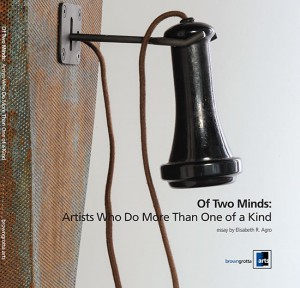
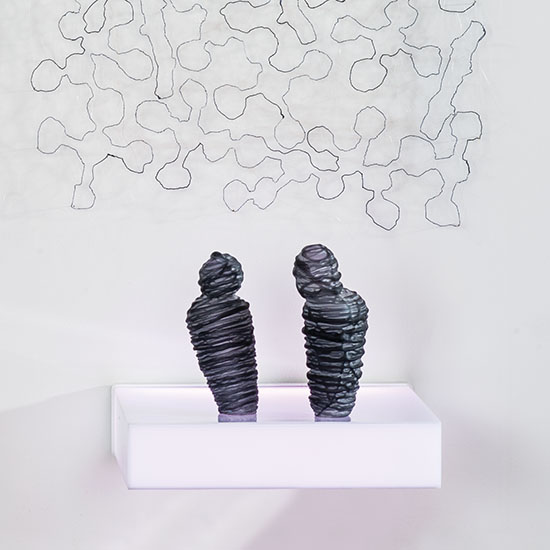
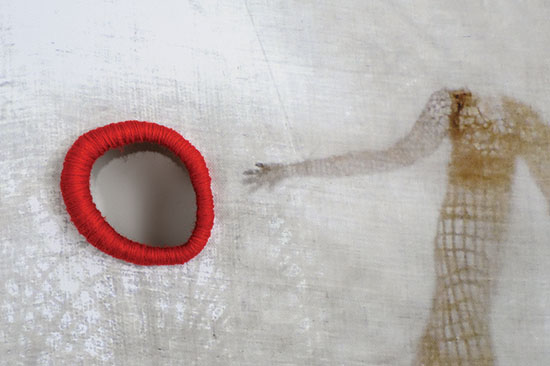

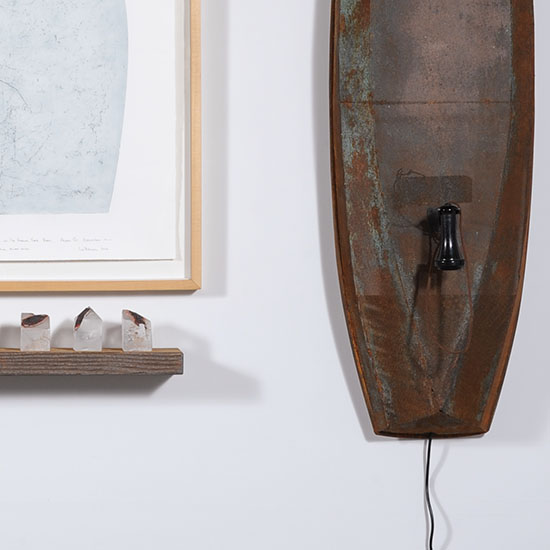
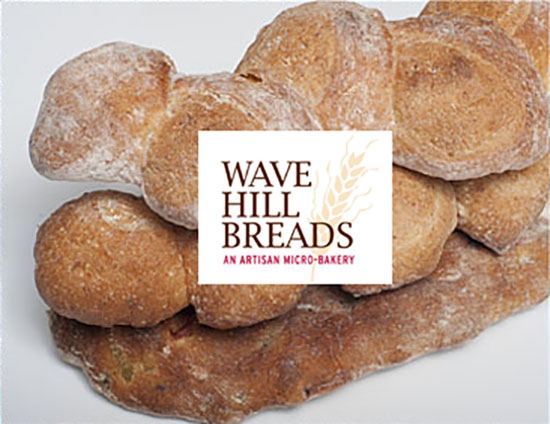
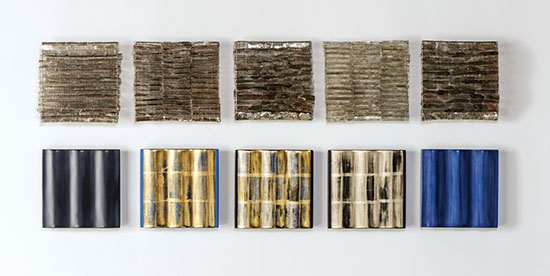




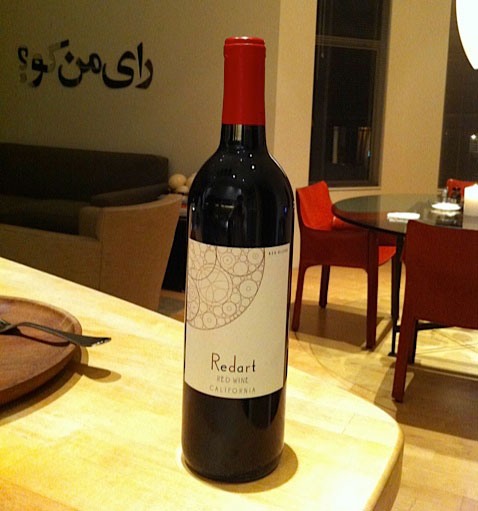

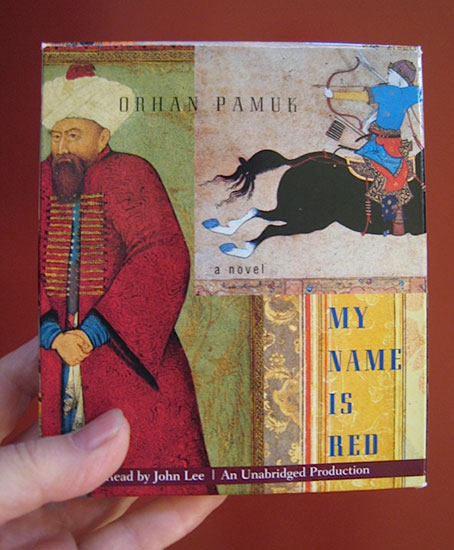
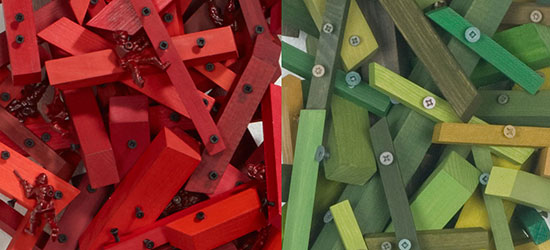
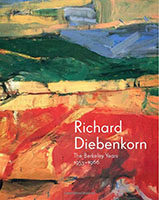

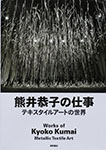
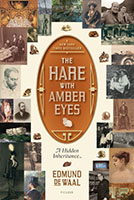

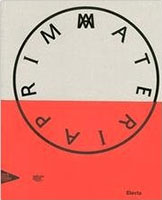
 Randy Walker
Randy Walker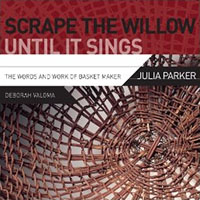 And From
And From 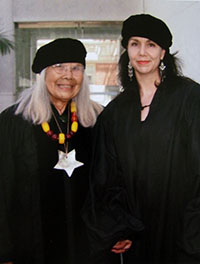
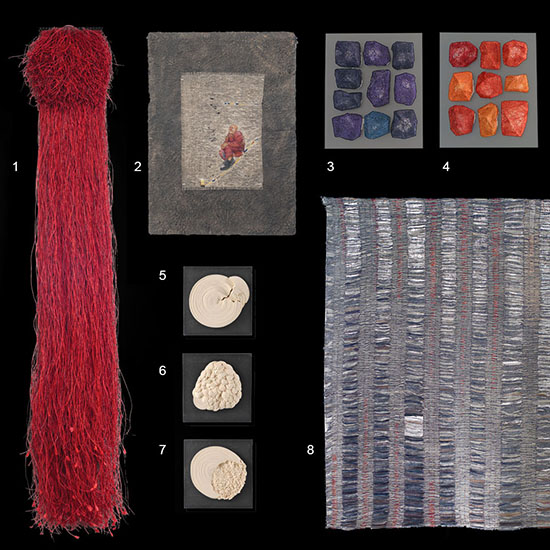
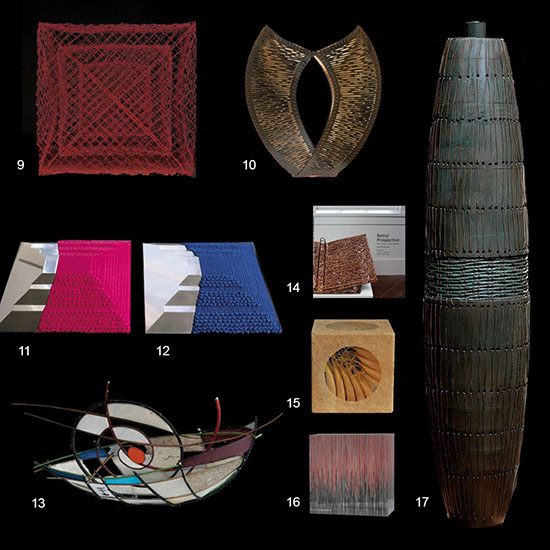
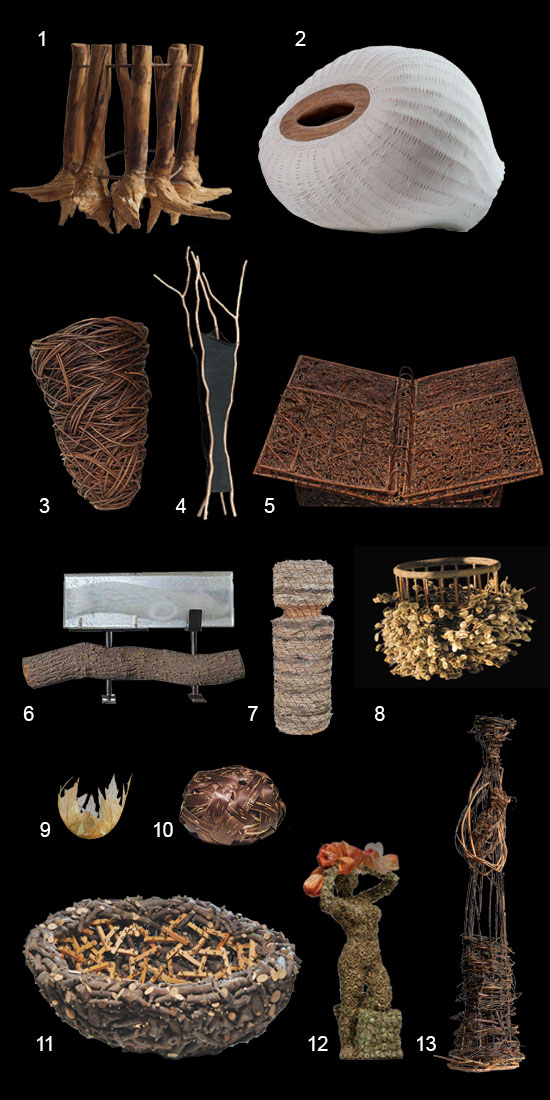
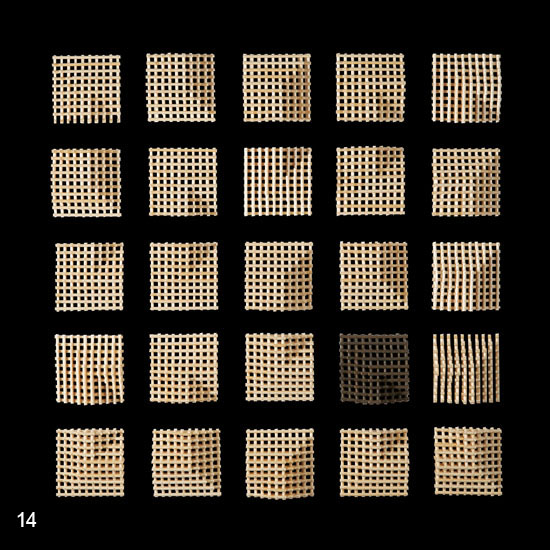
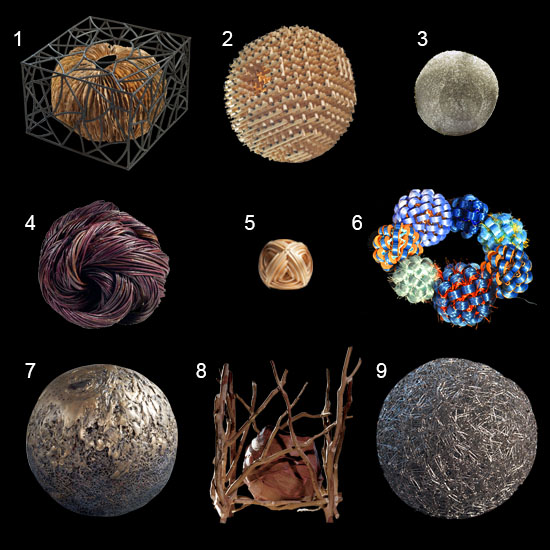

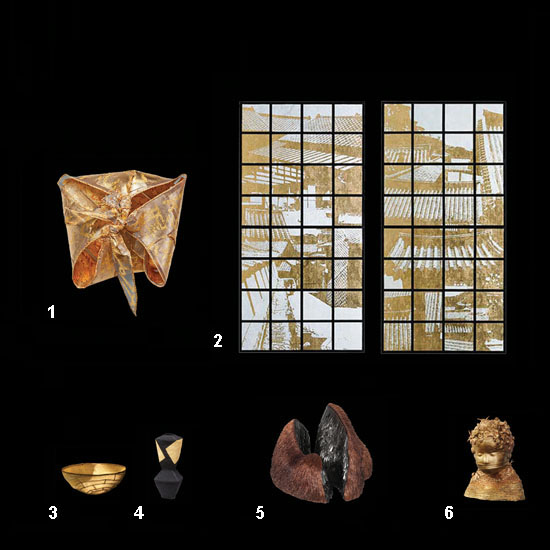

The Year in Books: Art, Life and Learning — Part 1